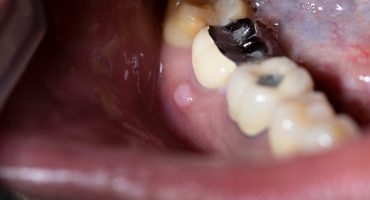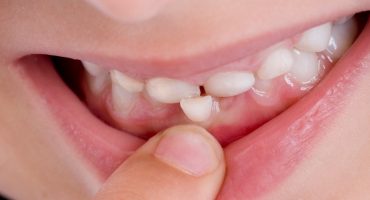Cleft lip and palate is one of the most common congenital malformations in humans. The term cleft lip and palate is to be understood as a generic term for the varied appearance of this malformation.
Overview of this article
- What is a cleft lip and palate?
- How common is the cleft lip and palate, and who does it affect?
- How does a cleft lip and palate develop?
- Hereditary cleft lip and palate
- Non-hereditary cleft lip and cleft palate
- What complications and symptoms causes a cleft lip and palate?
- Treatment of cleft lip and palate




